50+ Sample Room Rental Agreements
-
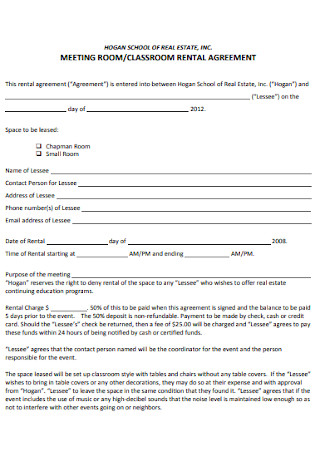
Room and Classroom Rental Agreement
download now -
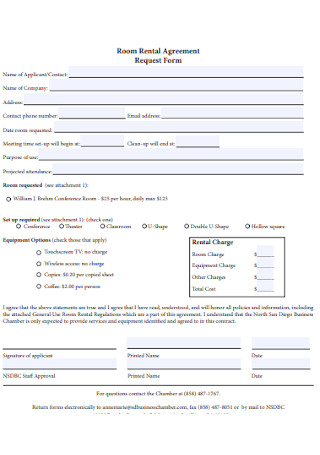
Room Rental Agreement Request Form
download now -
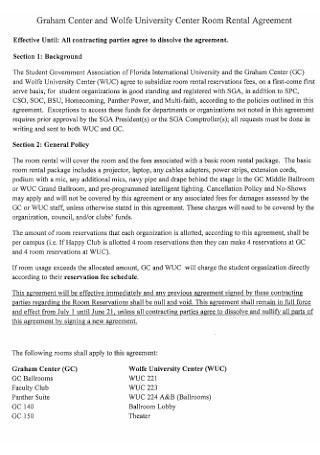
University Center Room Rental Agreement
download now -

House Room Rental Agreement
-
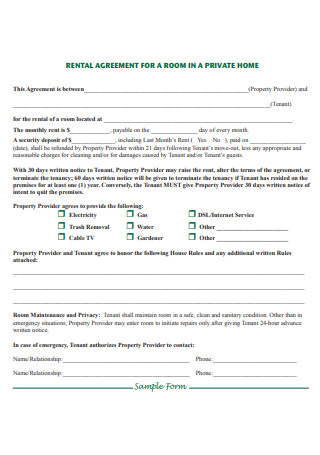
Private Room Rental Agreement
-
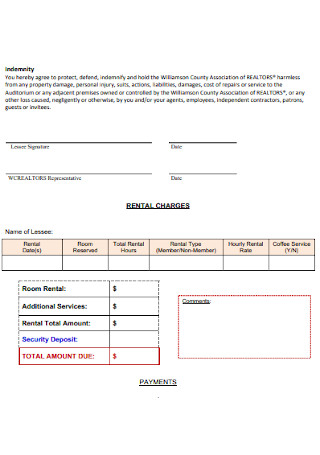
Sample Classroom Rental Agreement
download now -

Banquet Room Rental Agreement
download now -
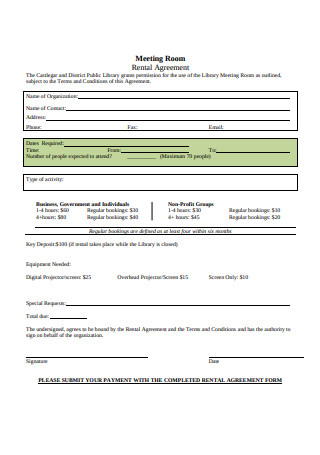
Meeting Room Rental Agreement
-
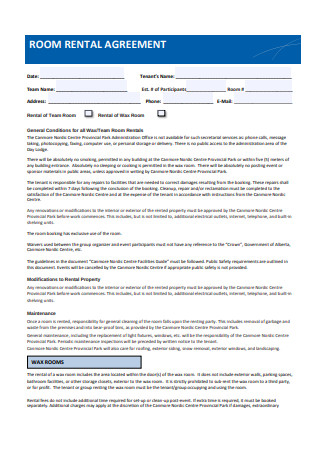
Room Rental Agreement Format
-
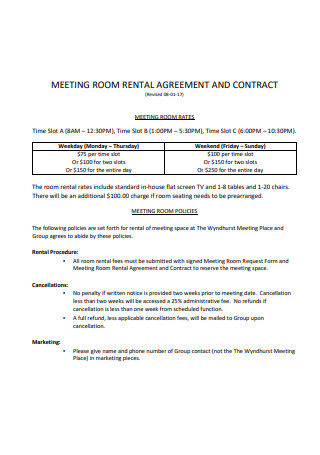
Meeting Room Rental Agreement and Contract
-
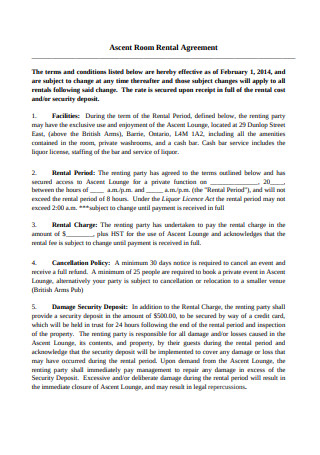
Ascent Room Rental Agreement
-

Basic Room Rental Agreement
-
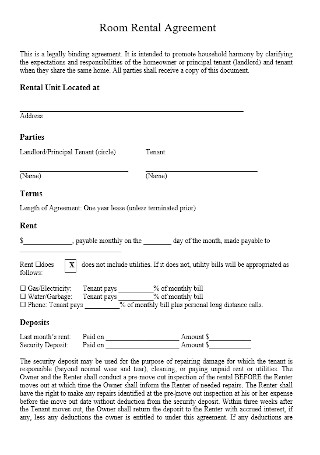
Formal Room Rental Agreement
download now -
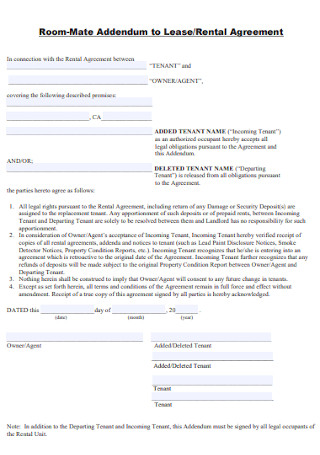
Room Mate Addendum Rental Agreement
download now -
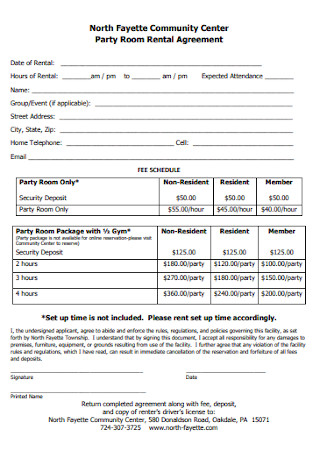
Party Room Rental Agreement
download now -
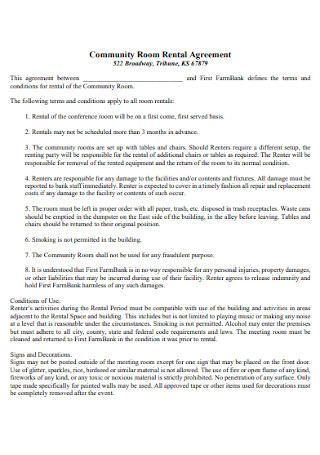
Community Room Rental Agreement
download now -

Floor Meeting Room Rental Agreement
download now -
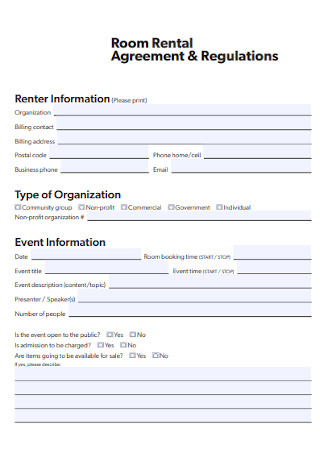
Room Rental Agreement and Regulations
download now -
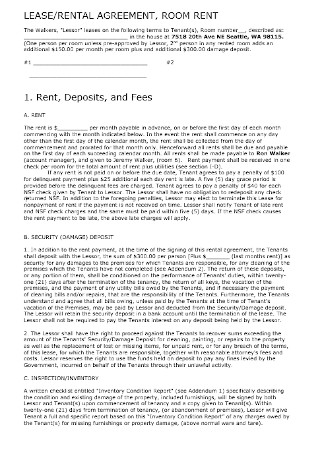
Lease and Room Rental Agreement
download now -
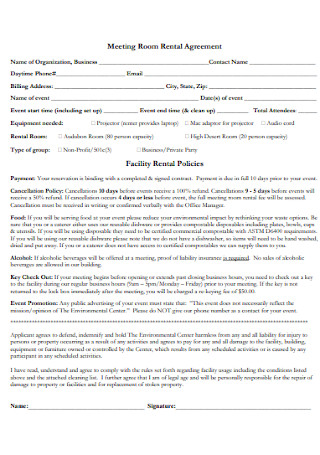
Meeting Room Rental Agreement Template
download now -
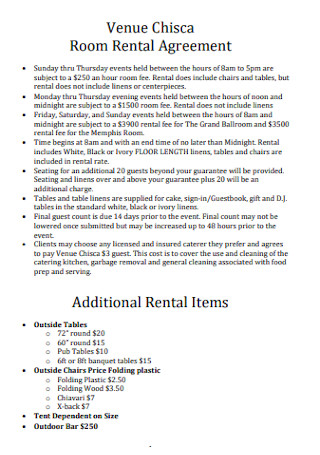
Venue Room Rental Agreement
download now -
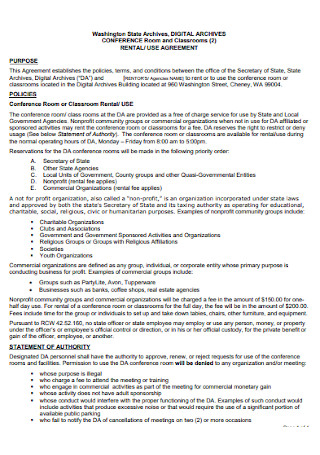
Conference Room Rental Agreement
download now -
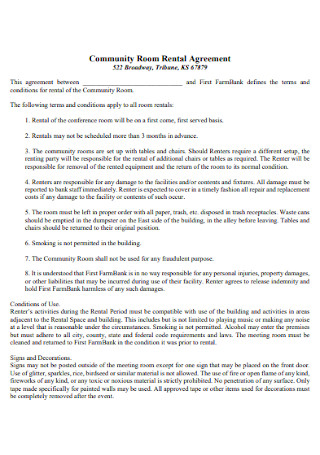
Sample Community Room Rental Agreement
download now -
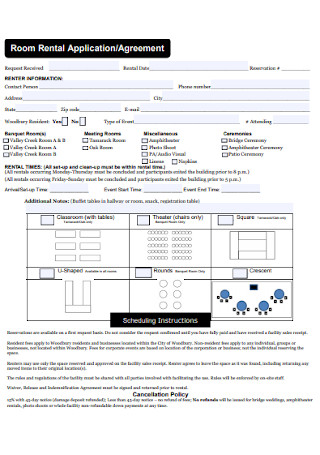
Room Rental Application and Agreement
download now -

Pool Party Room Rental Agreement
download now -
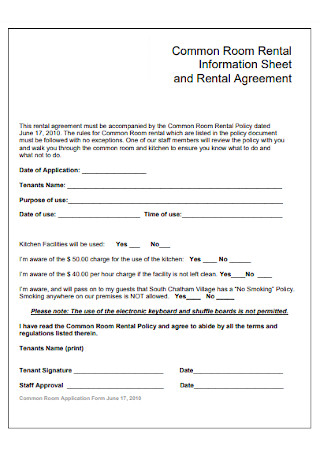
Common Room Rental Agreement
download now -
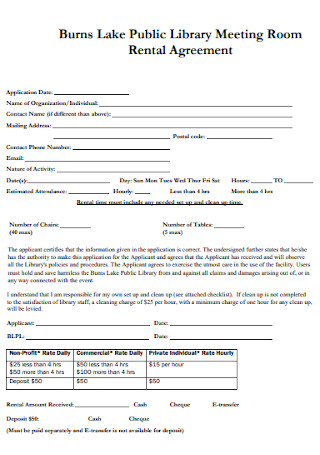
Library Meeting Room Rental Agreement
download now -

Museum Board Room Rental Agreement
download now -

Banquet Room Rental Agreement Template
download now -
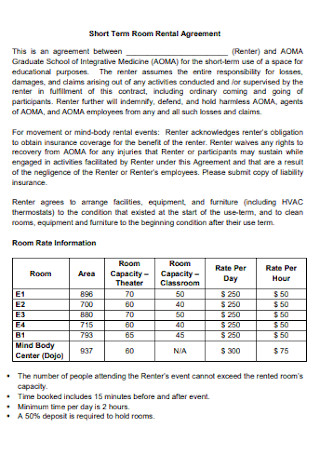
Short Term Room Rental Agreement
download now -
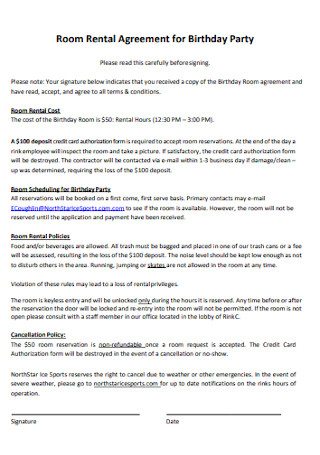
Room Rental Agreement for Birthday Party
download now -
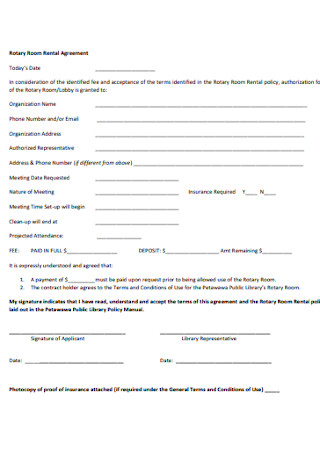
Rotary Room Rental Agreement
download now -
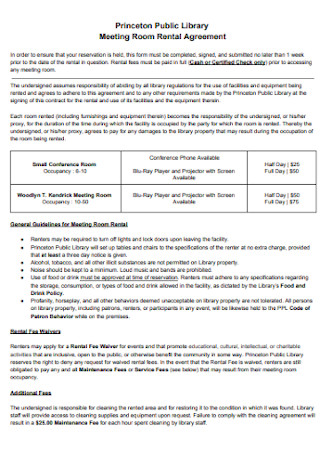
Library Meeting Room Rental Agreement
download now -
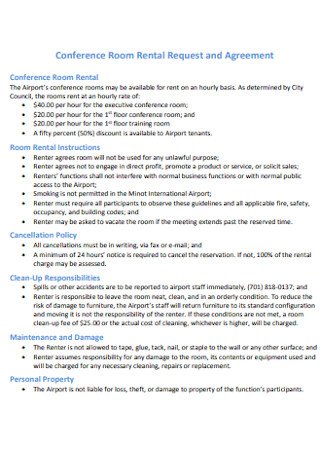
Conference Room Rental Request and Agreement
download now -
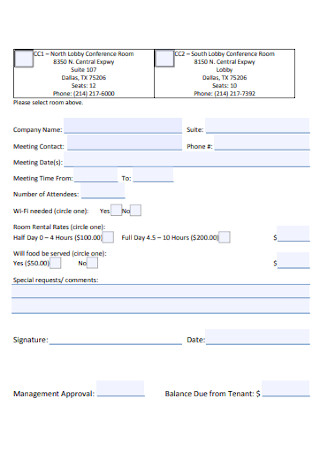
Lobby Conference Room Rental Agreement
download now -

Multi-Purpose Room Rental Agreement
download now -
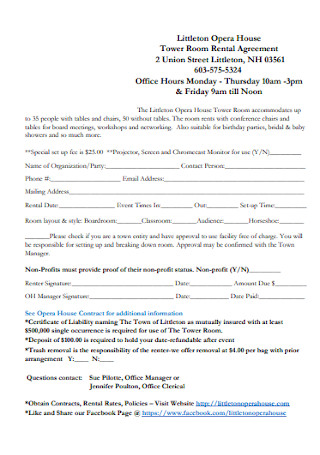
Tower Room Rental Agreement
download now -
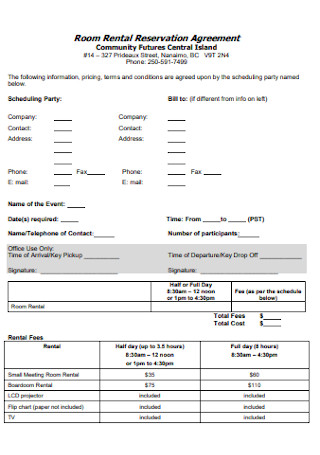
Room Rental Reservation Agreement
download now -
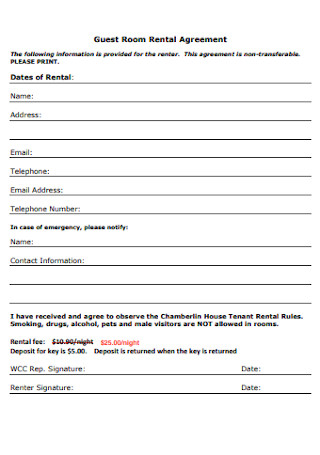
Guest Room Rental Agreement
download now -
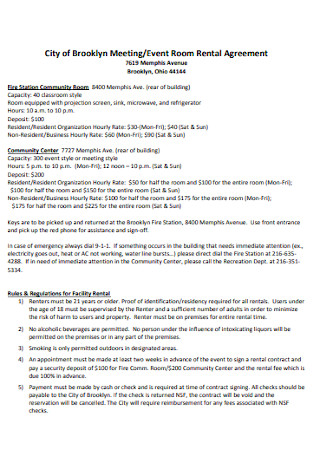
Event Meeting Room Rental Agreement
download now -

Event and Party Room Rental Agreement
download now -
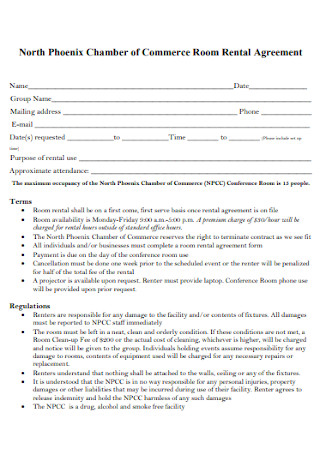
Chamber of Commerce Room Rental Agreement
download now -
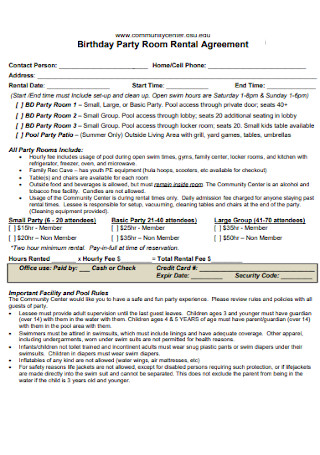
Birthday Party Room Rental Agreement
download now -
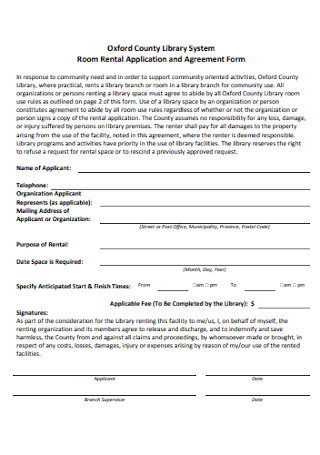
Room Rental Application and Agreement Form
download now -
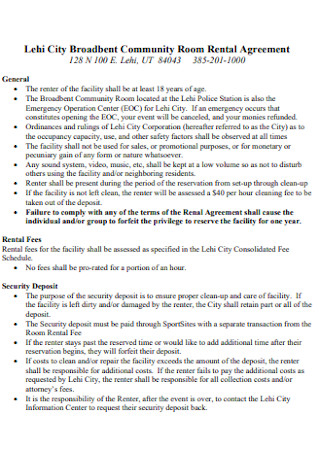
Broadbent Community Room Rental Agreement
download now -
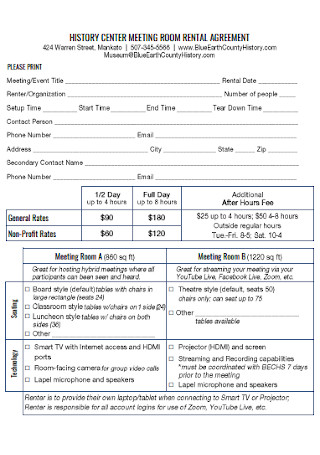
History Center Room Rental Agreement
download now -
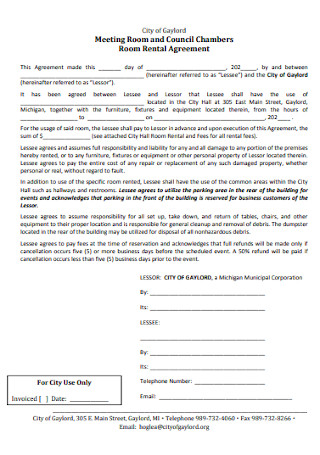
Council Chambers Room Rental Agreement
download now -
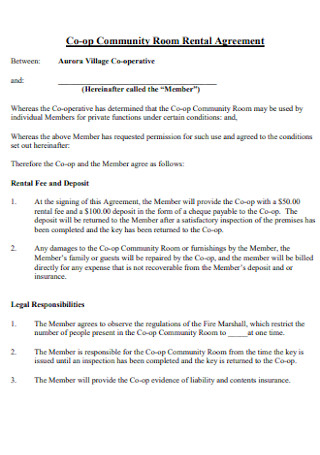
Co-op Community Room Rental Agreement
download now -
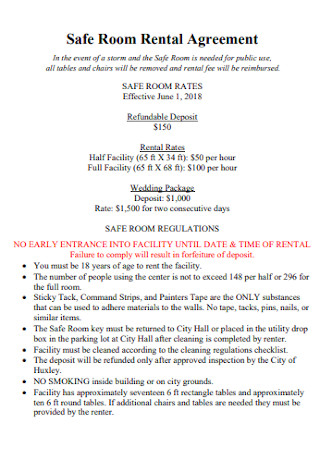
Safe Room Rental Agreement
download now -
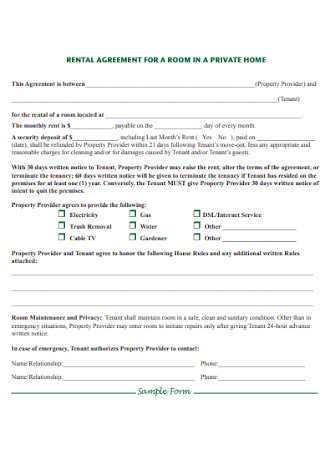
Rental Agreement for Room in Private Home
download now
FREE Room Rental Agreement s to Download
50+ Sample Room Rental Agreements
What is a Room Rental Agreement?
Commonly Used Purposes of a Room Rental Agreement
What Should You Include in the Room Rental Agreement?
How to Write a Room Rental Agreement?
Things That Can Be Avoided Having a Room Rental Agreement
What are the other types of rental lease agreements?
Can you do changes to a signed room rental agreement?
What is the difference between a roommate agreement and a room rental agreement?
What is a Room Rental Agreement?
A room rental agreement is a legally binding contract between a primary tenant and another party or the secondary tenant that wants to sublease or rent the vacant or available room. It defines both parties’ expectations and responsibilities, and it binds them to those precise duties and obligations once signed.
Written agreements, as opposed to oral agreements, are typically upheld by the law and have greater weight when it comes to enforcing tenant financial duties and obligations. When a primary tenant sublets a room or property to secondary tenants, Rent a Room Agreements are necessary to safeguard the interests of the secondary tenants.
Commonly Used Purposes of a Room Rental Agreement
If you’re pondering over why you would need a rental agreement for a room, then we offer you four reasons as to why you should have one. Settling these details with your second tenant can help clear them ahead of time. Avoiding situations that may be used against you or worse, have them complacent of the lack of such detail in the Roommate Agreement in the first place.
What Should You Include in the Room Rental Agreement?
In addition to the purposes, the following details should be included when writing out your room rent contract form. Use this part to lay out all of your housekeeping concerns. The only elements that don’t need to be included in Basic Rental Agreements are those that are already included in your lease, such as rent payments.
Noise: As mentioned above, noise may disrupt not only yourself but the neighbors around your space. Determine quiet hours by discussing everyone’s sleep routines. This is vital if your personalities clash such as one being one to listen to loud music while the other is not. Or if one has the tendency to stay up all night playing a game or making a phone call which may be too loud for comfort. Make sure to set boundaries between the two of you when it comes to noise.Guest Rules: It is up to you as the primary tenant in setting an example and settling this rule towards your secondary tenant. It’s good talking about what the rules are for visitors: could they use amenities and appliances? Also, who is eligible to stay the night? Someone they personally know may be considered but a stranger they have just met that they did not inform you about is another thing entirely. Is it necessary for family members to book a hotel room or are they allowed to sleep on an inflatable mattress in one of the communal areas?Food and Kitchen Space: Discuss where each roommate’s personal food products should be kept in the kitchen and pantry. Whether either of you will label specific grocery items or not. You should also decide if you’ll cook certain meals together or whether you’ll need to talk about alternating meal times to avoid anybody being pushed out of the kitchen. Dietary concerns should also be discussed and written in the document in cases of breach of it which can lead to emergencies involving allergies.Pets: Set guidelines for where the pet may wander off, who is responsible for cleaning up messes, and what happens if the pet’s owner is out of town for a few days if your rental property permits pets. And if the Landlord did not specify that pets are allowed or not, prepare a Pet Addendum to a Lease to avoid complications in the future.
How to Write a Room Rental Agreement?
When writing a room rental agreement form, it is important to keep in mind the necessary information that should be included in the document. Besides the points that were elaborated above, you should also have to follow this flow to provide a foundation for the rest of your terms and conditions. Check the example of a room rental agreement that has been provided in this article to get a better look at how one would appear as.
Step 1: Personal Information
In setting up the lease for renting a room, it should be a no-brainer to include the names and addresses of the Landlord who is the owner of the property, and the primary tenant who is leasing the room to another tenant. As well as their signatures to bind their involvement in the document.
Step 2: Set up the Monthly Rental Amount
Verbally discussing the security deposit is not enough to verify the agreement and acknowledgment between both parties. Not to say they are not trustworthy but it is important to have this statement in a legal document in order to have concrete evidence of the monetary payment involved. Maintenance charges and repairs should also be mentioned to make sure of future situations where they may be necessary to collect.
Step 3: Set the Period of Tenancy
The primary tenant and secondary tenant should have an agreeance on the dates that they will be sharing the common space together which will reflect on the room rental agreement. This indicates that any further date the secondary tenant will be staying in the premises is out of the document and can be up for discussion in the future. Ending a room rental agreement once the dates have passed will give the tenant protection against being used against them.
Step 4: Enlist the Responsibilities and Rights of the Tenants
This is the step where the terms of the tenancy are stated. You can refer to the common purposes and what to include in this part as reference. You have to make sure that this step is not overlooked upon the agreement to avoid confusion and arguments in the future. You can be as details as possible or as much as you want to set the boundaries early on.
Step 5: Restrictions and Conditions for Termination of the Agreement
Breaking a room rental agreement can be stressful for both parties but if the damages are worse then the primary tenant can set a restriction ahead against the secondary tenant to avoid causing this situation. As the primary tenant, you can also set the conditions for termination to avoid them committing the acts.
Step 6: Conditions for Renewal
If the period of the tenancy ends but the secondary tenant has followed through all the responsibilities and rights listed by the primary tenant and overall acted on their best behavior, then a condition for renewal is possible. You can include it in the Contracts and Agreements that if they wish to renew their stay, they must not perform bad acts.
Things That Can Be Avoided Having a Room Rental Agreement
Without a Room Rental (Roommate) Agreement, you run the danger of exposing yourself and other renters to high financial penalties and lost time, both of which can lead to considerable headaches and stress, as well as a possible lawsuit. A non-exhaustive list of the preventable distress that a room rental agreement might help prevent and resolve is provided below.
What are the other types of rental lease agreements?
- Fixed-Term Leases
- Automatic Renewal Leases
- Condominium (Condo) Rental Agreements
- Short-Term or Vacation Rental Agreements
- Commercial Lease Agreements
- Land Lease Agreements
- Rent-to-Own Lease Agreements
Can you do changes to a signed room rental agreement?
Other items that might be included in a tenancy agreement are: whether the tenant is permitted to sublet, the landlord’s responsibility to provide notice to inspect the property, who is liable for maintenance, if the tenant is allowed to keep pets, and any other duties the tenant or the landlord are required to fulfill. If a landlord or tenant wants to modify the terms of a tenancy agreement after it is already being processed, the other party must agree to the modification.
What is the difference between a roommate agreement and a room rental agreement?
A roommate agreement is a legally enforceable contract signed by both you and the individual who also shares living quarters. A room rental agreement is distinct from a lease agreement because it does not include the landlord.
A roommate contract can make co-living easier by setting ground rules upfront and creating a written document to reference in case issues arise. You can keep referencing it whenever situations call for such as the out-of-line behavior of your secondary tenant. Don’t be shy to include it in discussions to remind each other of the responsibilities that you both have agreed on. A simple room rental agreement can already help you out so much than not having one.
